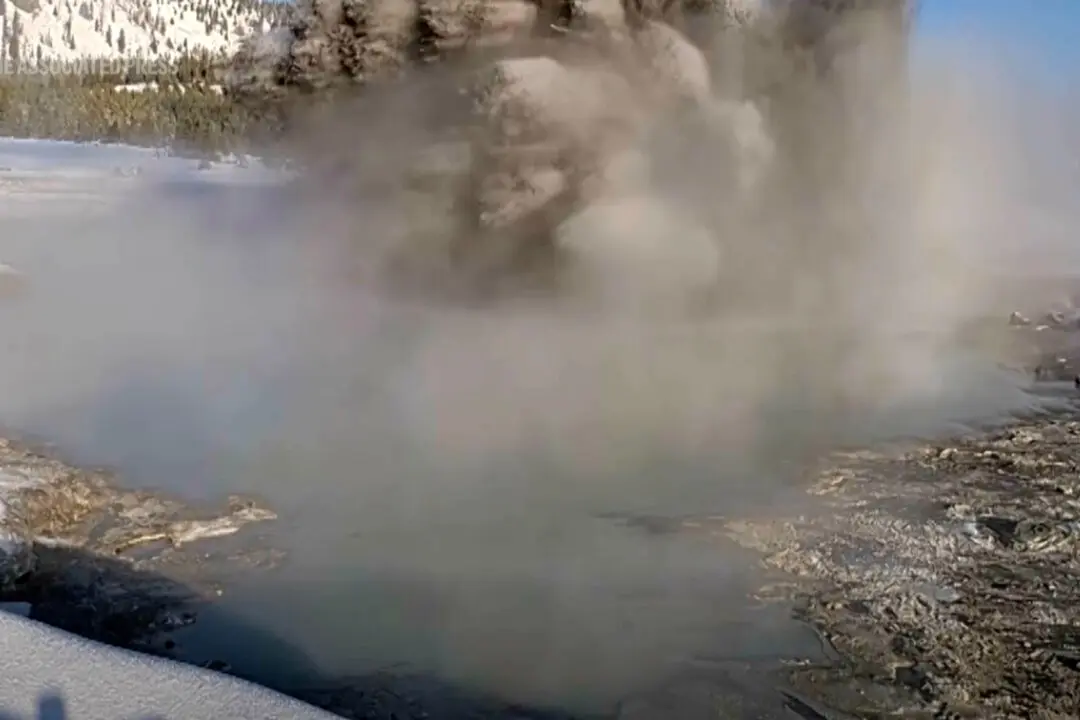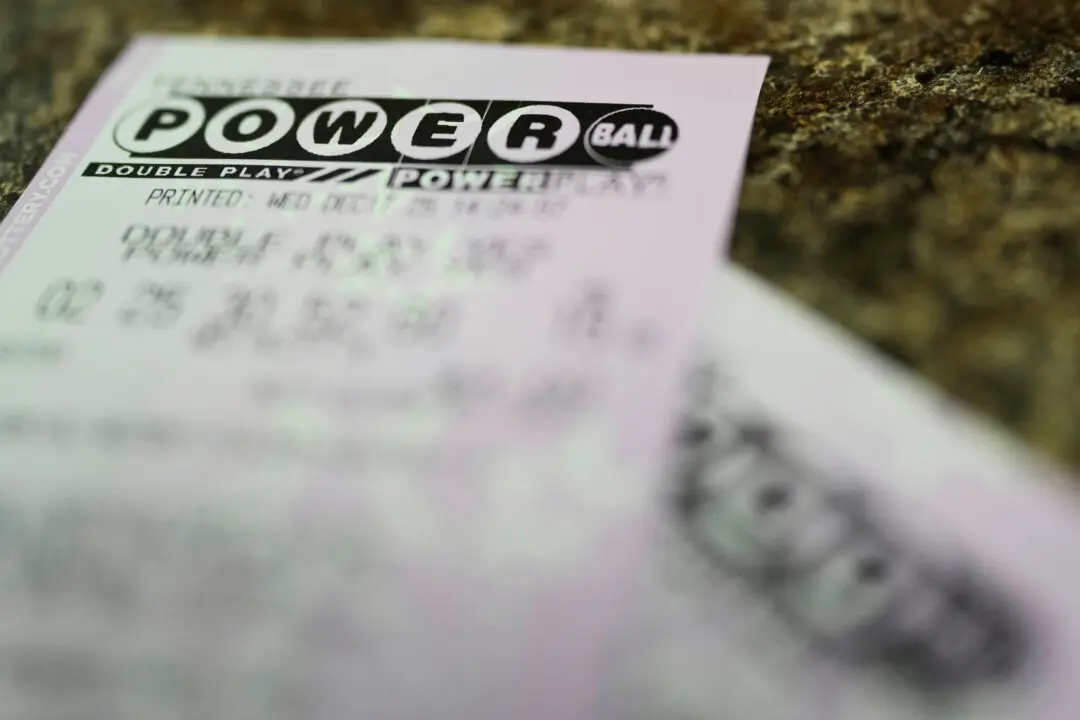SEOUL, South Korea—North Korea’s latest nuclear test, its most powerful to date, is a game-changer ... according to North Korea.
As with anything reported by Pyongyang, an authoritarian state run by a third-generation dictator who allows zero dissent or outside investigation, there’s reason to be skeptical. But even if the North’s assertion that it has rounded a crucial corner in nuclear development is more rhetoric than real, the content of its claim holds some important clues about where the country’s atomic efforts may be heading.
In a meeting in Seoul on Saturday, South Korean Foreign Minister Yun Byung-se said that Friday’s test showed that North Korea’s nuclear capacity has reached a “considerable level” after quickly progressing in the past 10 years.
The newest test by North Korea raises many big questions, including:
What Did North Korea Accomplish?
North Korea says its “standardization” of a warhead will allow it to produce “at will and as many as it wants a variety of smaller, lighter and diversified nuclear warheads of higher strike power.” This puts “on a higher level (the North’s) technology of mounting nuclear warheads on ballistic rockets.”
It may indicate North Korea feels it can confidently build miniaturized warheads, mass-produce those weapons and then deploy them on ballistic missiles.
If so, Pyongyang has developed a unified design for nuclear weapons that could be used on a variety of its ballistic missiles, including Scuds, midrange Rodong and Musudan missiles, and submarine-launched missiles, said Kim Dae Young, a military expert at South Korea’s Korea Defense and Security Forum.
Combine that with everything scientists have learned from the four previous tests and North Korea may now have nuclear weapons capable of attacking its Asian neighbors, said nuclear expert Whang Joo-ho of Kyung Hee University in South Korea.






